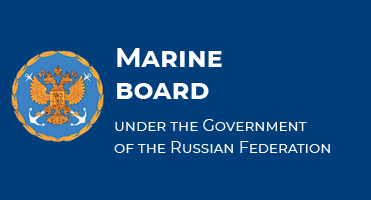FSUE "Rosmorport" supports the Soul of the Caspian expedition aimed at studying and conserving Caspian seal

FSUE "Rosmorport" supported the ecological expedition, acting as a partner of the Soul of the Caspian project for the study and conservation of the Caspian seal. The project was developed by the Clean Seas (Chistye Morya) Foundation together with leading experts on marine mammals of the Severtsov Institute of Ecology and Evolution, Russian Academy of Sciences (IEE RAS) with support from the Ministry of Natural Resources and Ecology of the Russian Federation.
As part of the partnership, the enterprise contributed to the acquisition of the Pulsar radio beacons and other equipment for monitoring marine animals, provided rental, as well as basing and maintenance services for the aircraft, including refueling, for aviation monitoring.
The expedition consisted of two stages, air part and sea part. The air part took place in October 2021 and was carried out on a La-8 amphibious aircraft. During airborne observations, the expedition team of the project, which included scientists from IEE RAS and the Astrakhan State Reserve, as well as the film crew of the Clean Seas Foundation, managed to perform four aerial routes.
An area of about 12,000 square kilometers of coastline and water area from the border with Kazakhstan in the east to Makhachkala in the west was surveyed. Members of the expedition found that the only haul-out in the Russian waters of the Caspian Sea was located on the island of Maly Zhemchuzhny and nearby shallows, numbering about 510 individuals. When flying over Tyulenii Island, it was found that the coast of the island was shoaling heavily and there were no suitable laying places on the island and nearby shoals.
In November 2021, during the sea part of the project, the expedition team reached Maly Zhemchuzhny Island by speedboats, where the researchers were able to take biological samples from the seals for further laboratory research and perform the necessary measurements. Five animals were tagged with Russian-made Pulsar satellite tags. Upon completion of these procedures, all seals were released into the wild.
According to the results of visual examination, almost all animals were in good health, except for one male, on whose body there were wounds that looked like wounds from fishing nets. The material collected during the fieldwork is currently being processed.
All five satellite tags are still working well. With them, one can see how elaborated the seals' path is. It appears that the animals do not stay long in one place and are constantly moving. Now they are in the north-eastern part of the Caspian Sea, in the water area of Kazakhstan. So far, scientists cannot say where the seals will spend the most important period of their life, when they have pups. This happens on the ice in the last month of winter or the first month of spring.
For reference:
The Caspian seal is one of the smallest seals on the planet. Being the only mammal of the Caspian Sea, it is also an indicator of its ecosystem. Over the past 100 years, the population of this mammal has decreased by 90 %.
In 2008, the Caspian seal appeared in the red list of the International Union for Conservation of Nature (IUCN) as "endangered", and in 2020 - on the pages of the Russian Red Data Book.





















